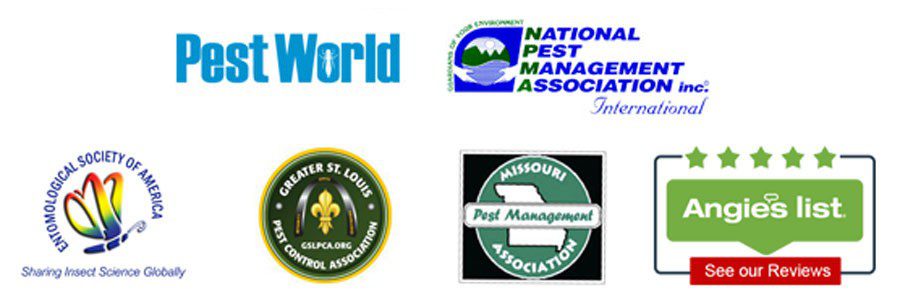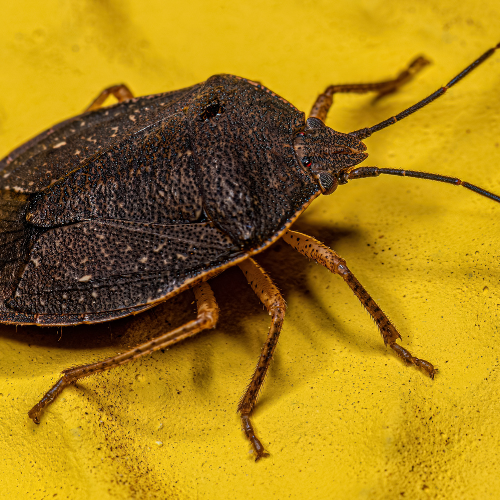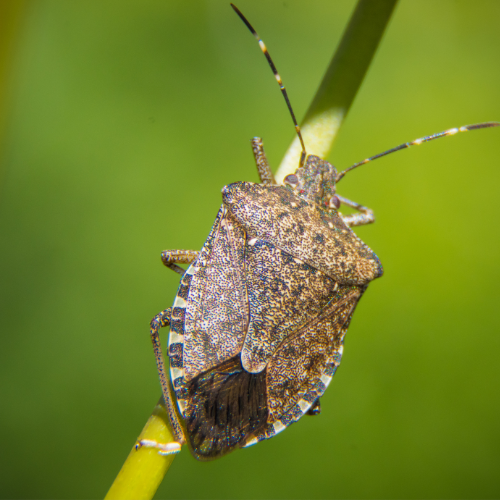Stink Bugs
Introduction to
Stink bugs, known for their distinctive odor and shield-like shape, can be a nuisance when they invade homes in large numbers. These pests are not only bothersome but can also cause damage to crops and gardens. This guide provides detailed information on how to recognize, understand, and manage stink bugs, including preventive measures and professional pest control solutions.
Recognition
Stink bugs are easily recognizable by their shield-shaped bodies, which typically measure around 1/2 to 3/4 inch in length. They are usually brown, gray, or green, depending on the species. The most common species in North America is the brown marmorated stink bug, which has a mottled brown appearance and white bands on its antennae and legs. Stink bugs have six legs, long antennae, and a pair of wings that lay flat over their backs, forming an X shape. When threatened or crushed, stink bugs release a pungent odor from glands located on their abdomen, which is a key identifying feature.
Biology
Stink bugs belong to the family Pentatomidae and undergo incomplete metamorphosis, developing from eggs to nymphs to adults. Females lay clusters of barrel-shaped eggs on the underside of leaves. The eggs hatch into nymphs that resemble small, wingless versions of the adults. Nymphs go through several molts before reaching maturity. Stink bugs are polyphagous, feeding on a wide variety of plants, including fruits, vegetables, and ornamental plants. They use their piercing-sucking mouthparts to extract sap from plants, which can cause significant damage to crops and gardens.
Habits
Stink bugs are primarily outdoor pests but will seek shelter indoors as temperatures drop in the fall. They are often found on the sunny sides of buildings, congregating in large numbers. Once inside, they tend to hide in cracks, crevices, and other sheltered locations, such as attics and wall voids. While stink bugs do not reproduce indoors or cause structural damage, their presence can be a nuisance. They are also known to become active during warm winter days, leading them to wander into living spaces. Outdoors, stink bugs are most active during the warmer months, feeding on a variety of plants and crops.
Prevention
Preventing stink bug infestations involves sealing entry points and reducing attractants. Seal cracks and gaps around doors, windows, and foundations to prevent stink bugs from entering. Use weather stripping and screens on doors and windows to block access. Consider using light traps to capture stink bugs indoors without harming them. Additionally, maintaining a well-sealed home and using yellow or sodium vapor lights outdoors can reduce the likelihood of attracting stink bugs. For those already inside, vacuuming them up and disposing of them outdoors is an effective method. In gardens, using row covers and planting trap crops can help manage stink bug populations.
Professional
When stink bugs become a persistent problem, professional pest control services can offer effective solutions. STL Pest Control provides comprehensive inspections and tailored treatment plans to address stink bug infestations. Their methods include sealing entry points, using non-toxic traps, and targeted treatments to eliminate existing stink bugs. Professional services ensure that the infestation is managed efficiently and safely, minimizing the inconvenience and potential damage caused by these pests.



Our Office









